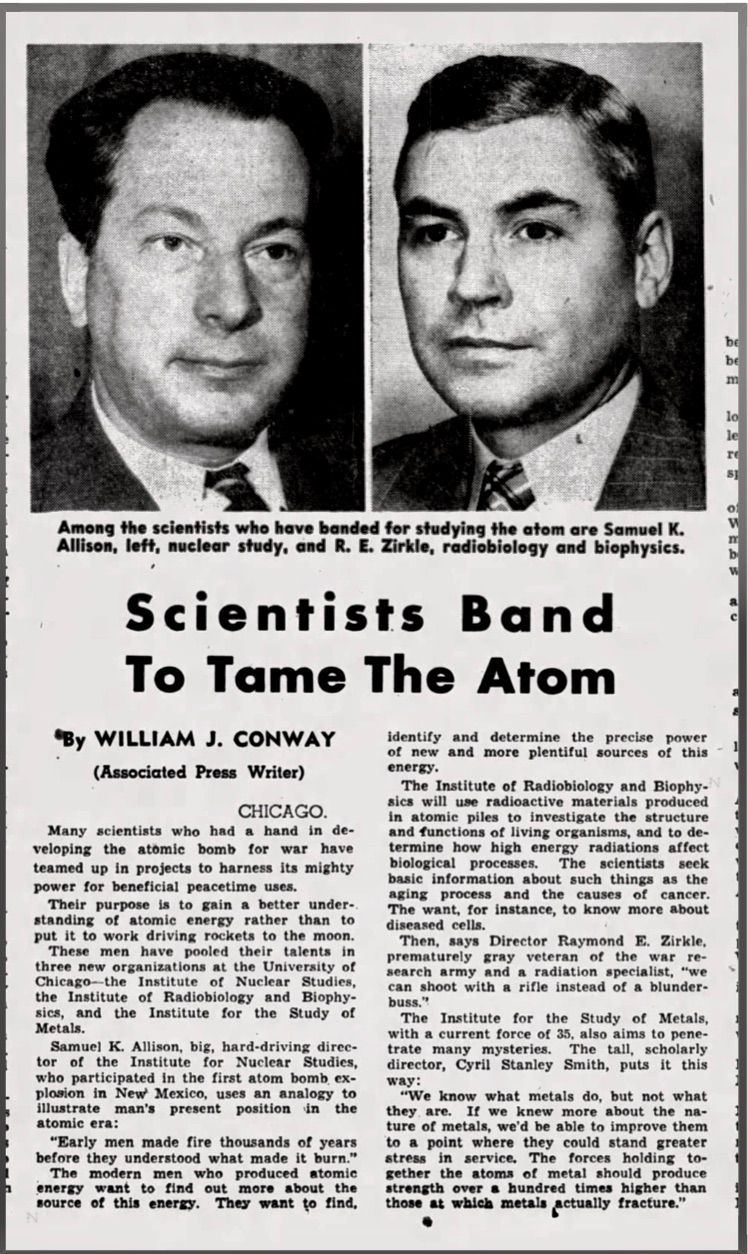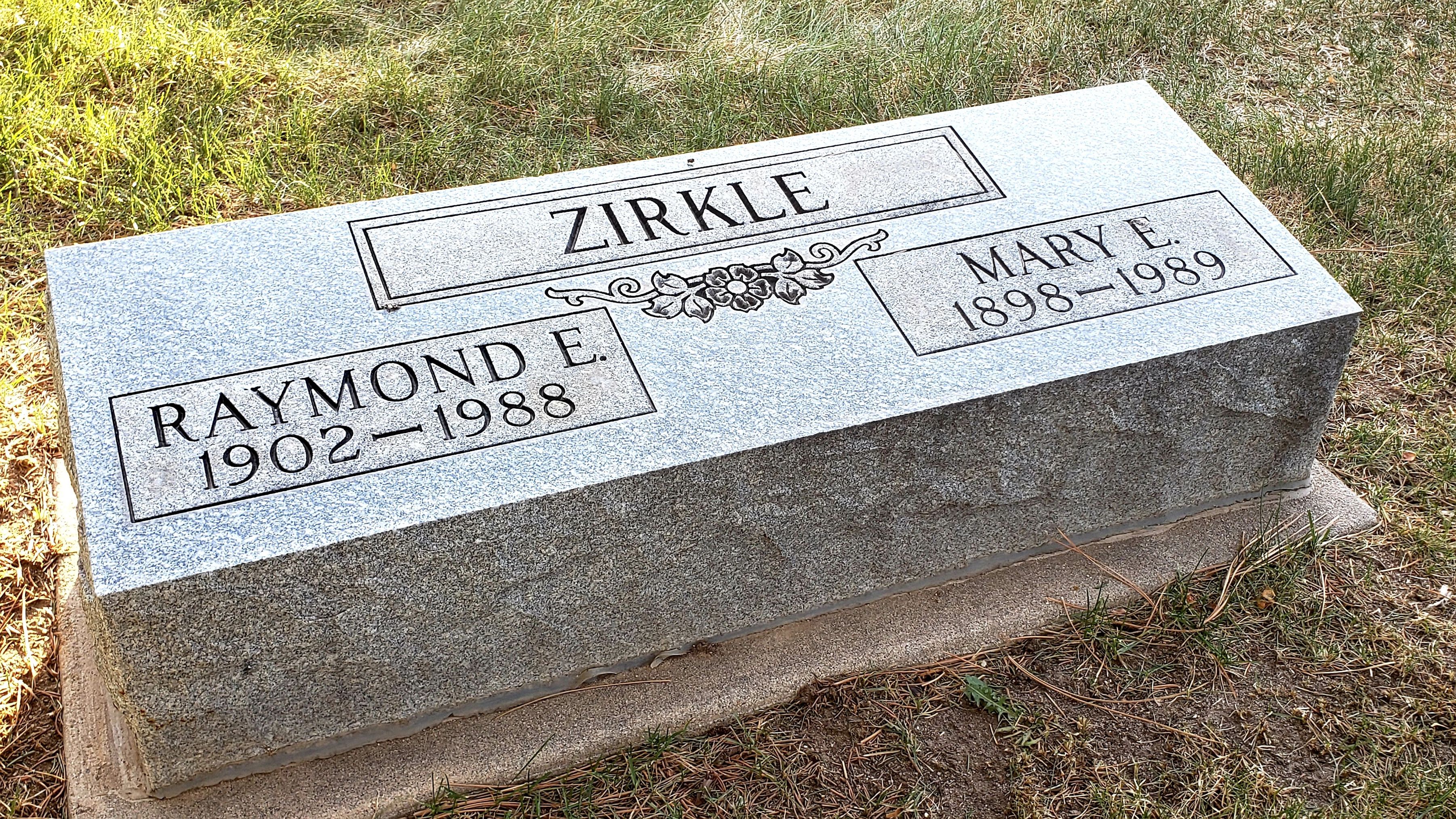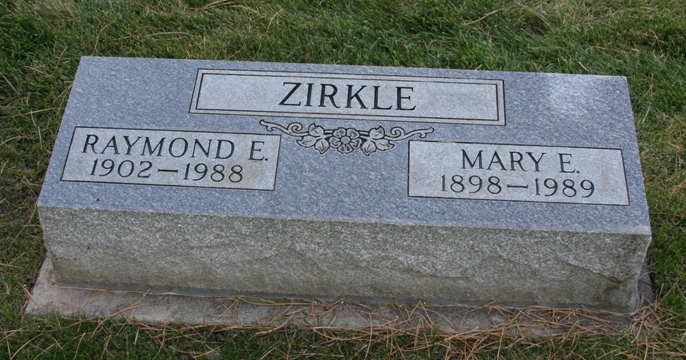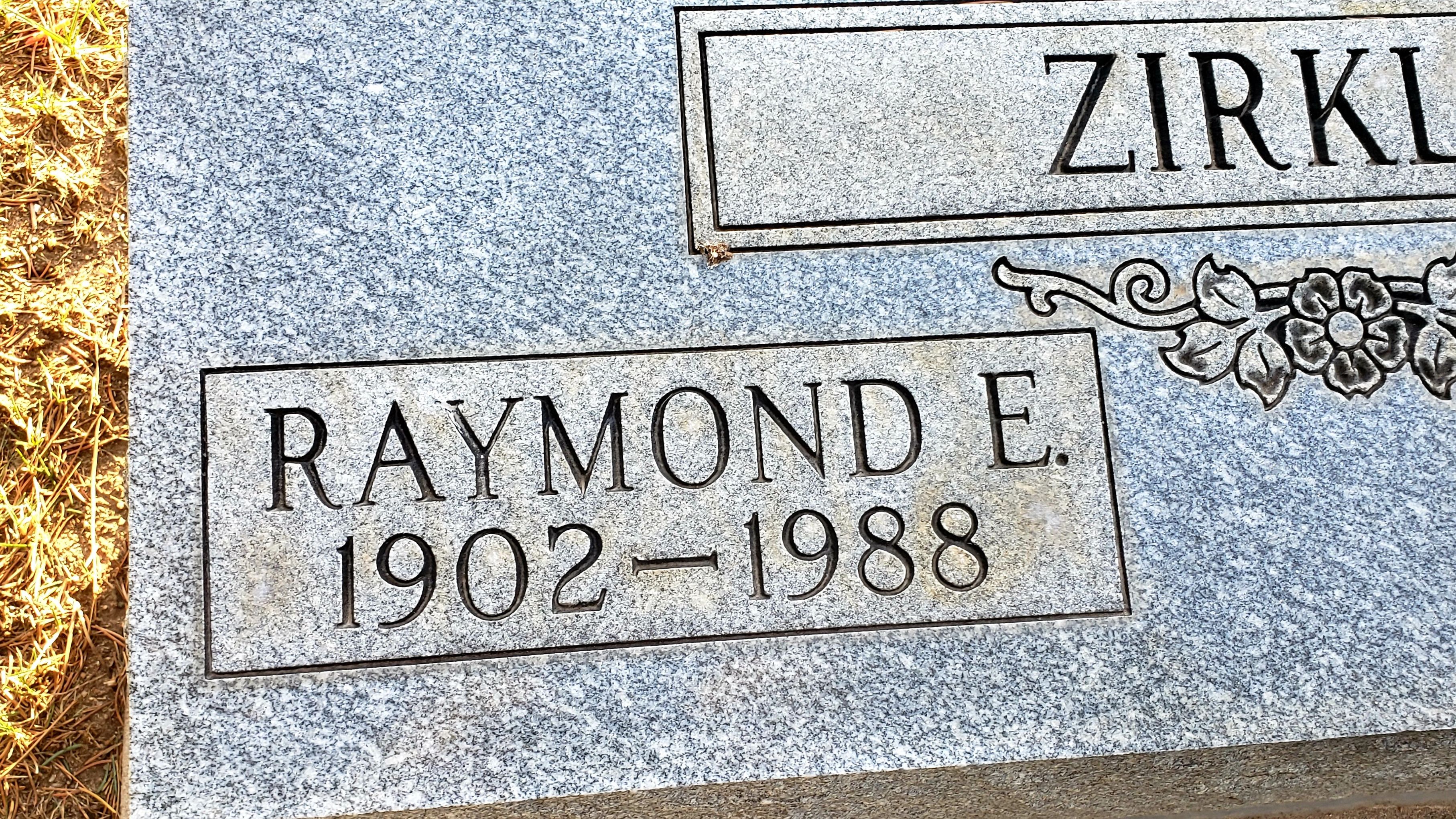In 1928 Zirkle received an A.B. from the University of Missouri, where he was elected to Phi Beta Kappa and to the honorary scientific society Sigma Xi. From 1928 to 1932 he carried out graduate studies in botany at the University of Missouri, earning his Ph.D. in 1932. During this time he served as an assistant (1928 to 1930) and later as an instructor (1930 to 1932) in the Botany Department.
Raymond Elliot Zirkle was a pioneer in the field of radiation biology. Zirkle’s thesis research was the forerunner of experiments and ideas that occupied him for the rest of his scientific career. After receiving his doctorate Zirkle joined the Johnson Foundation for Medical Physics at the University of Pennsylvania in Philadelphia.
Zirkle developed a strong friendship with another Johnson Foundation fellow, the crystallographer A. Lindo Patterson, who became an assistant professor of physics at Bryn Mawr College in suburban Philadelphia when he completed his fellowship. A little later, in 1938, Zirkle was recruited to Bryn Mawr as an assistant professor of biology. Patterson and his wife, Betty, became lifelong friends of Ray and Mary despite both couples’ moving to other academic locations.
In 1940 Zirkle was appointed professor of biology at the University of Indiana; however his academic career was interrupted during World War II when he became one of the principal investigators in the biological program of the Manhattan District. His research in this project was chiefly concerned with the comparative effects on living systems of fast and slow neutrons, beta rays, and gamma rays. A substantial part of the wartime research carried out under his direction was reported in several volumes of the National Nuclear Energy Series, of which he was the health editor. Research at the Argonne National Laboratory Research site brought Zirkle into contact with many faculty members from the University of Chicago who shared common interests with him. Thus, it is perhaps not surprising that in 1944 he was offered and accepted a professorship there and that in 1945 he became director of the newly founded Institute of Radiobiology and Biophysics. This institute, like the Johnson Foundation, became a focal point for scientists and students with a penchant for physics and an interest in biological problems. The Zirkles purchased a home in Olympia Fields, south of Chicago, which had space for a large flower garden. William Doyle, a faculty colleague of Ray’s, recalled to me the many pleasant Saturday afternoons when he and his wife visited the Zirkles and enjoyed games of bridge with them.
In the late 1940s and early 1950s Zirkle continued his theoretical and experimental studies of the effects of radiation on living cells. During 1951-1952 Zirkle devised a new experimental approach to his long-standing interest in partial-cell irradiation. Zirkle was a member of several scientific societies. He was president of the Radiation Research Society in 1952-1953 and a councilor from 1954 to 1956. He was a founding member of the Biophysical Society, in which he served as a councilor from 1957 to 1961 and again from 1964 to 1966. He served on the editorial boards of seven journals and on committees and study sections concerned with research in radiobiology and training in biophysics and medical science. He was honored by election to the National Academy of Sciences in 1959 and to the American Philosophical Society in 1960. Zirkle was ahead of his time. He doesn’t get referenced as much as he should in the current literature.
In the mid-1970s he retired from the university. The Zirkles moved to a home next door to their son Tom in the foothills of the Rocky Mountains, west of Castle Rock, Colorado. Zirkle died in a nursing home in Castle Rock in 1988. It is also noteworthy that these achievements were made by someone whose education began in a one-room country schoolhouse.
Citation: "Raymond Elliott Zirkle." National Academy of Sciences. 2005. Biographical Memoirs: Volume 87. Washington, DC: The National Academies Press. doi: 10.17226/11522. Pages 376 to 388.
In 1928 Zirkle received an A.B. from the University of Missouri, where he was elected to Phi Beta Kappa and to the honorary scientific society Sigma Xi. From 1928 to 1932 he carried out graduate studies in botany at the University of Missouri, earning his Ph.D. in 1932. During this time he served as an assistant (1928 to 1930) and later as an instructor (1930 to 1932) in the Botany Department.
Raymond Elliot Zirkle was a pioneer in the field of radiation biology. Zirkle’s thesis research was the forerunner of experiments and ideas that occupied him for the rest of his scientific career. After receiving his doctorate Zirkle joined the Johnson Foundation for Medical Physics at the University of Pennsylvania in Philadelphia.
Zirkle developed a strong friendship with another Johnson Foundation fellow, the crystallographer A. Lindo Patterson, who became an assistant professor of physics at Bryn Mawr College in suburban Philadelphia when he completed his fellowship. A little later, in 1938, Zirkle was recruited to Bryn Mawr as an assistant professor of biology. Patterson and his wife, Betty, became lifelong friends of Ray and Mary despite both couples’ moving to other academic locations.
In 1940 Zirkle was appointed professor of biology at the University of Indiana; however his academic career was interrupted during World War II when he became one of the principal investigators in the biological program of the Manhattan District. His research in this project was chiefly concerned with the comparative effects on living systems of fast and slow neutrons, beta rays, and gamma rays. A substantial part of the wartime research carried out under his direction was reported in several volumes of the National Nuclear Energy Series, of which he was the health editor. Research at the Argonne National Laboratory Research site brought Zirkle into contact with many faculty members from the University of Chicago who shared common interests with him. Thus, it is perhaps not surprising that in 1944 he was offered and accepted a professorship there and that in 1945 he became director of the newly founded Institute of Radiobiology and Biophysics. This institute, like the Johnson Foundation, became a focal point for scientists and students with a penchant for physics and an interest in biological problems. The Zirkles purchased a home in Olympia Fields, south of Chicago, which had space for a large flower garden. William Doyle, a faculty colleague of Ray’s, recalled to me the many pleasant Saturday afternoons when he and his wife visited the Zirkles and enjoyed games of bridge with them.
In the late 1940s and early 1950s Zirkle continued his theoretical and experimental studies of the effects of radiation on living cells. During 1951-1952 Zirkle devised a new experimental approach to his long-standing interest in partial-cell irradiation. Zirkle was a member of several scientific societies. He was president of the Radiation Research Society in 1952-1953 and a councilor from 1954 to 1956. He was a founding member of the Biophysical Society, in which he served as a councilor from 1957 to 1961 and again from 1964 to 1966. He served on the editorial boards of seven journals and on committees and study sections concerned with research in radiobiology and training in biophysics and medical science. He was honored by election to the National Academy of Sciences in 1959 and to the American Philosophical Society in 1960. Zirkle was ahead of his time. He doesn’t get referenced as much as he should in the current literature.
In the mid-1970s he retired from the university. The Zirkles moved to a home next door to their son Tom in the foothills of the Rocky Mountains, west of Castle Rock, Colorado. Zirkle died in a nursing home in Castle Rock in 1988. It is also noteworthy that these achievements were made by someone whose education began in a one-room country schoolhouse.
Citation: "Raymond Elliott Zirkle." National Academy of Sciences. 2005. Biographical Memoirs: Volume 87. Washington, DC: The National Academies Press. doi: 10.17226/11522. Pages 376 to 388.
Family Members
Sponsored by Ancestry
Advertisement
Records on Ancestry
Advertisement
















